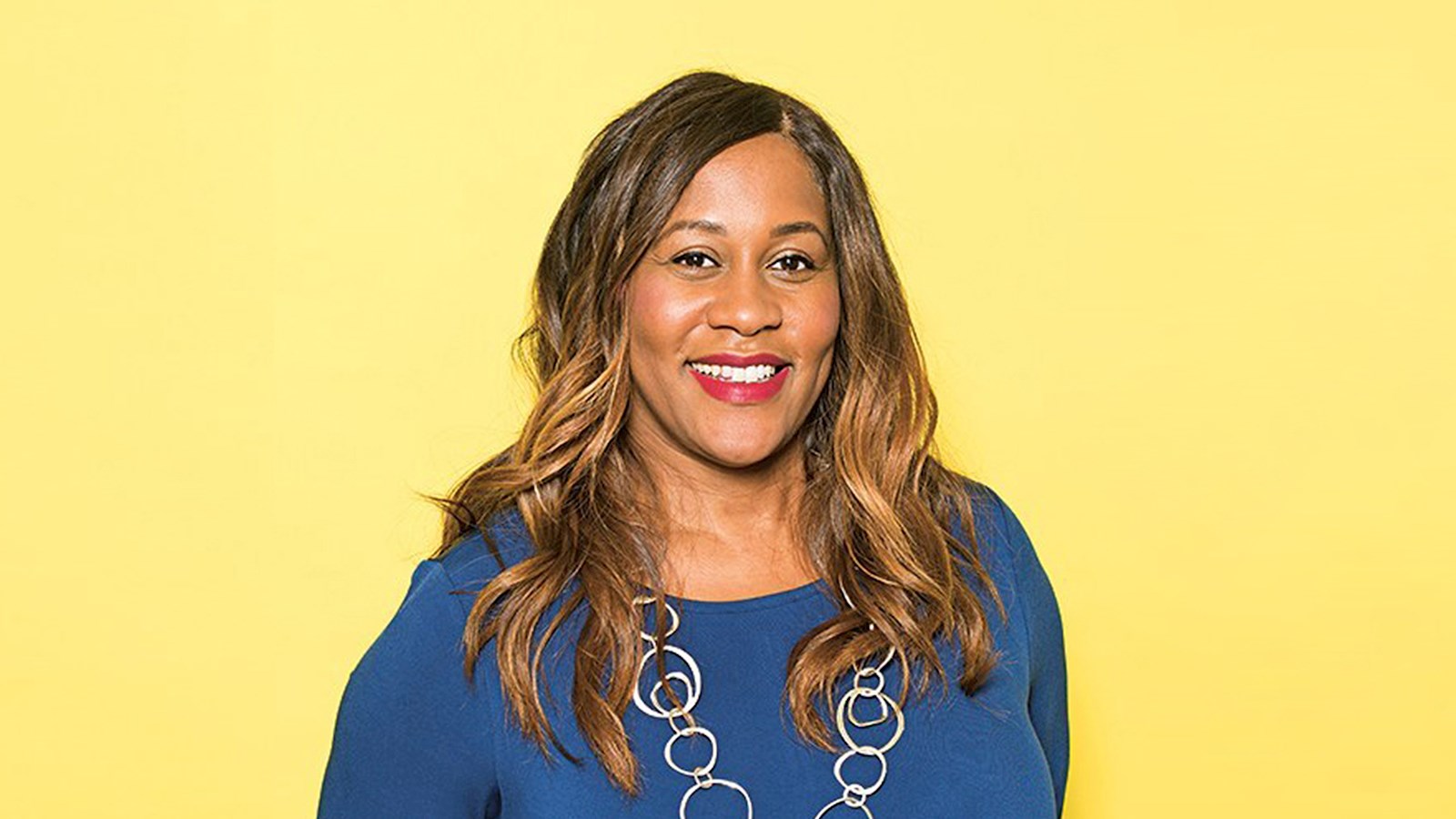
Re-thinking brand growth
Addressing underserved audiences can insulate retail when market conditions are tough, says WPP’s Karen Blackett OBE
Retailers are recalibrating. We see them simultaneously working in synch with both their own people and consumers, working with nature as a stakeholder in the businesses, while taking care of the bottom line. Balancing all three imperatives is tricky when business is good; when the market is challenging, it is not for the faint-hearted.
Achieving the sweet spot means a fresh take on marketplaces. Call it ESG, call it DEI or just call it good for business, when times are tough, retailers cannot afford to ignore the consumer groups that have not been front and centre to date.
A missed £16.7tr opportunity
The combined disposable income of minority ethnic groups is expected to reach £252bn annually by 2023, growing to £3.06tr in 2031 and £16.7tr by 2061, according to WPP’s Consumer Equality Equation Report. And yet the sentiment among these groups is that they remain undervalued by brands.
If brands are to unlock those trillions, they need to be more clued up on what these groups care about and what they buy.
Our research shows that five out of six minority ethnic consumers purchase luxury goods – more than white consumers. And minority ethnic consumers are more likely to demand obvious inclusion and meaningful sustainability in what they buy. They want to buy from brands that are courageous, innovative and that reflect modern Britain.
But it is not just minority ethnic groups who will engage in this more modern approach; 80% of white consumers care about racial equality and almost as many say promoting DEI is important. There is nothing one-dimensional about consumer equality; it is multi-faceted and complex, but it lands well – as part of business strategy – in a modern world.
Let’s go beyond the rainbow
And authentic representation of LGBTQ+ identities in advertising can also contribute to growth.
A key take away from WPP's Beyond the Rainbow study – which traces the fluid nature of modern sexuality and gender identity in culture and commerce – is that two out of three LGBTQ+ people want to see more queer representation. And let’s not forget that, today, there is no one way to be queer.
The annual change of logo for Pride may be where communications start, but they should not end there. In fact, 52% of LGBTQ+ people told us they like it when brands change their logos to the rainbow flag, but there is also a clear desire for more year-round support. Three out of four LGBTQ+ people and half of non-LGBTQ+ people think brands should do more to support LGBTQ+ people outside Pride month. This is a huge opportunity for brands.
Other markets are on the rise too
As Ogilvy Consulting so clearly points out in its 2030 Forecast, the silver population will be the new target audience for many companies. The phrase used by Ogilvy Consulting is: “turning silver into gold”. Asia, Europe and the Americas will all have huge silver marketplaces by 2030, thereby displacing the young as the go-to generation for marketing.
In fact, by 2030 one in every six people will be a sexagenarian or beyond. When 2050 comes around, there will be 2.5bn seniors. The World Bank tells us that, by 2030, seniors’ spending will reach a massive $15tr.
Going forward, women too will be a marketplace, the likes of which we have never seen before. One report suggests that much of the $30bn in financial assets held by the baby boom generation will be controlled by women. That’s a $20tr swing from male or joint ownership to female control in just the 2020s.
So let’s be mindful of the new normal for markets, retail, commerce generally. Unlocking this potential comes with understanding all communities, and making sure they are represented fairly by brands, in the way in these communities want to be seen.
After all, people, whether they are consumers or employees, want to see inclusion meaningfully implemented by businesses, in their products and services. They also want to see workplaces living up to the messages companies put out. In the end, it’s all about treating people fairly.
Further reading
